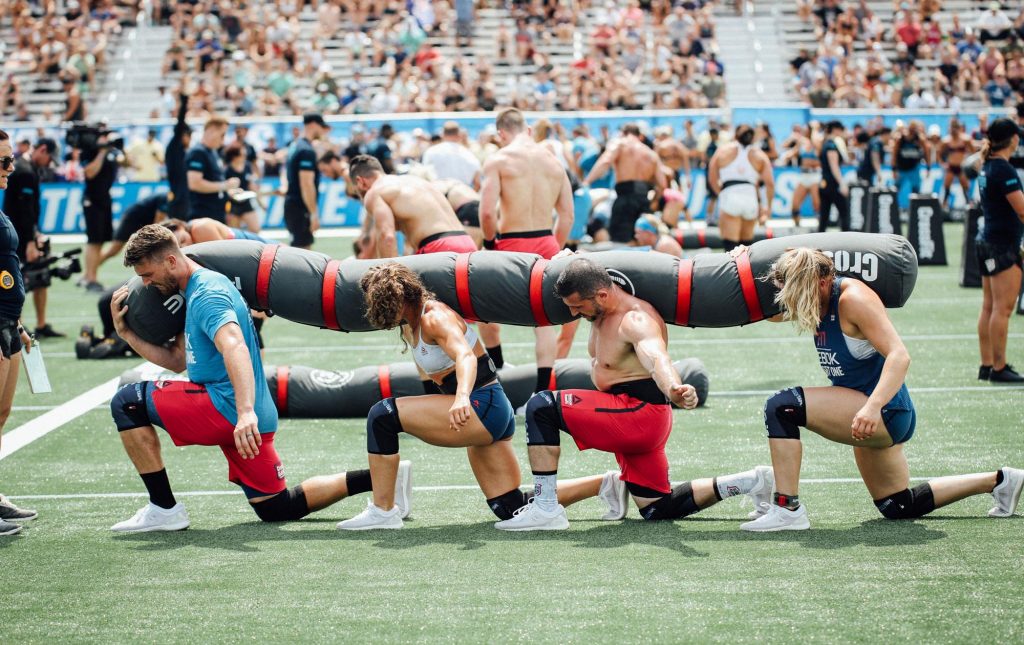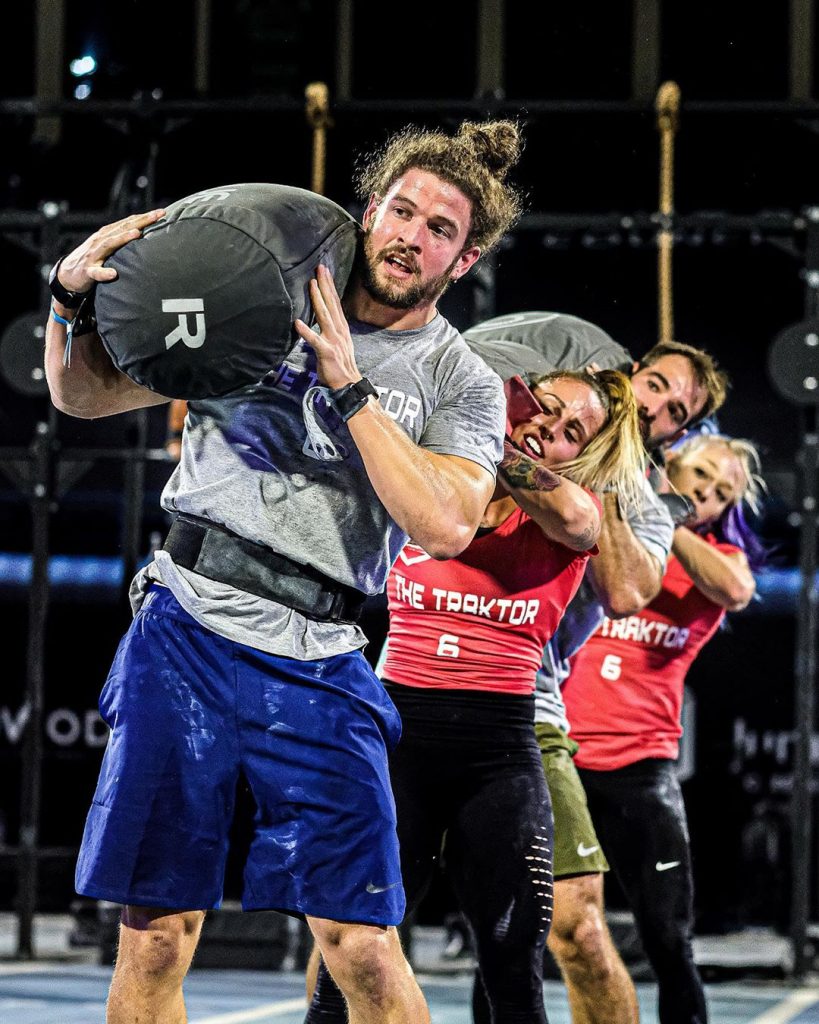Group cohesion: key to building a successful team
Due to the pandemic, competitive seasons have suddenly come to an end for many athletes. The sense of loss is just as grand for all athletes, however the emotional impact this has on team members may take its toll on the team itself. How do you stick together when you’ve dedicated an entire year to training for no good reason?
It all comes back to group cohesion. Teams that are looking to survive the storm and continue to pursue their goals will have to fall back on their cohesion. The goal of this article is to dive into this construct: what does it mean and how can we build it?
What is group cohesion?
Cohesion had been defined as a “the tendency for a group to stick together and remain united in the pursuit of its instrumental objectives and/or for the satisfaction of member affective needs” (Carron, Brawley, & Widmeyer, 1998). The next step was to discover how this construct interacted with other psychosocial variables.
One of the most influential factors on developing higher group cohesion is team performance. If things are going well, it’s easier to stay together. Overtime, however, it becomes a cycle that feeds off itself in the sense that performance begets cohesion begets performance.
But what happens when expectations aren’t met? Or when you’re suddenly denied the opportunity to perform at the competition you’ve been training for all year? You can’t rely on performance to glue your team together, so you must work on developing group cohesion beforehand.
How to develop group cohesion

Team building interventions focus their efforts on improving cohesion in both directions: task cohesion – perception of a common goal to which all members work towards – and social cohesion – perception of a sense of belonging to the group in a more psychosocial manner. Actions include:
- Maximizing points in common and minimizing borders: furthering knowledge of the idiosyncrasy of the group (both virtues and flaws) strengthens the bond.
- Clarifying goals and borders that separate us from other teams: what makes my team so different and appealing to me as an individual?
- Solving problems as a group: athletes tend to expect autocratic behavior from their coaches but no so much from their teammates. Democratic behaviors in decision-making processes helps develop cohesion.
- Sense of belonging to the team (in a behavioral and cognitive sense): the presence symbols of union among team members (wearing team colors, matching headbands, group chats, etc.) heightens sense of belonging. My role as a “team member” must be present in my identity to some extent to build a lasting bond with my teammates.
- Setting team behavioral rules: i.e., mandatory weekly group meetings, spending a pre-established period of time together prior to competitive events, etc.
Athlete leadership: a complementary tool
Athlete leadership may occur formally or informally, but its influence on developing group cohesion is paramount. Chelladurai & Saleh (1980) identified five dimensions that explained group cohesion:
- Social Support (i.e., offering emotional support to an athlete that’s dealing with failure in competition)
- Training and Instruction (i.e., offering tactile cue to help athlete string bar muscle-ups)
- Positive Feedback (i.e., rewarding the team with holidays after winning a tournament)
- Democratic Behavior (i.e., including group members in the decision process)
- Autocratic Behavior (i.e., acting independently in decision making)
Athlete leaders may emerge in one of two ways: spontaneously in response to needs within the team being identified (further instruction, emotional support, …) or formally being designated as team captain. Both alternatives play their part in a team’s well-being because they help manage all dimensions described within group cohesion.
James Hobart once mentioned that he considered their team dynamics to be crucial to the success of CrossFit Mayhem Freedom. He exemplified it with the happenings of one particular event at the Games that included rope climbs. Those proved to be quite difficult and at a certain point he looked around to see how other teams were managing it, only to find that most of them were screaming at each other and pretty much losing it. Meanwhile, Matt Hewett (teammate at the time) was gently massaging one of their female teammates forearms to help her recover for another attempt.
At that time, their teammate needed support and a calm, collected atmosphere to try and complete the task. This was provided by Matt. And quite possibly no other team member was able to do that at the time, which makes that simple action an incredible showing of athlete leadership and group cohesion.
Know your teammate; grow your team

Group cohesion, as we’ve seen, rests upon numerous factors. However, there seems to be a common thread that has to do with knowledge and understanding. Accepting your team members as they are, allowing group dynamics to evolve in response to changes in situational demands and staying true to common goals will ultimately hold the team together through thick and thin.
If you’re an athlete and you feel like channeling that competitive fire on a team, aside from looking at what you have to offer as an athlete, think about what you have to offer as a human being to help build a cohesive team.
- Carron, A. V. (1982). Cohesiveness in sport groups: Interpretations and considerations. Journal of Sport psychology, 4(2). - Carron, A. V., Brawley, L. R., & Widmeyer, W. N. (1998). The measurement of cohesiveness in sport groups. Advances in sport and exercise psychology measurement, 23(7), 213-226. - Chelladurai, P., & Saleh, S. D. (1980). Dimensions of leader behavior in sports: Development of a leadership scale. Journal of Sport and Exercise Psychology, 2(1), 34-45. - Ramzaninezhad, R., Keshtan, M. H., Shahamat, M. D., & Kordshooli, S. S. (2009). The relationship between collective efficacy, group cohesion and team performance in professional volleyball teams. Brazilian Journal of Biomotricity, 3(1), 31-39. - Vincer, D. J., & Loughead, T. M. (2010). The relationship among athlete leadership behaviors and cohesion in team sports. The Sport Psychologist, 24(4), 448-467.

